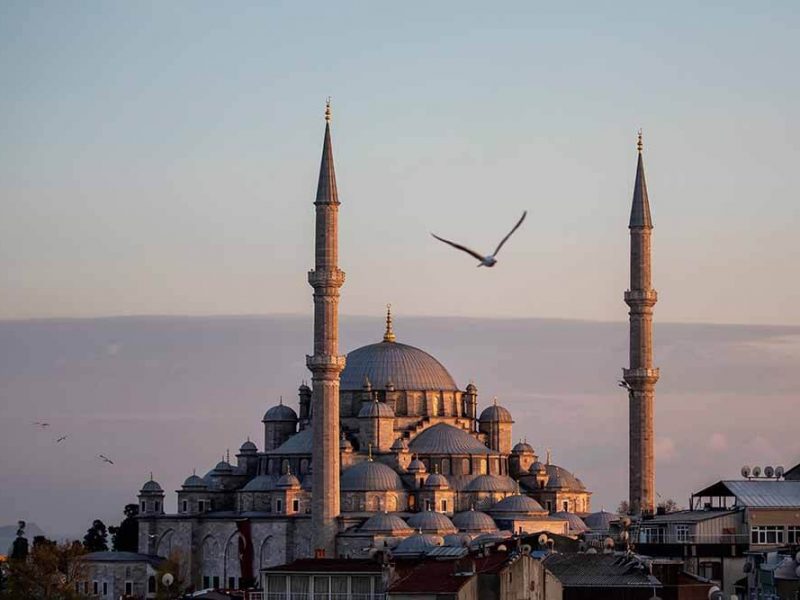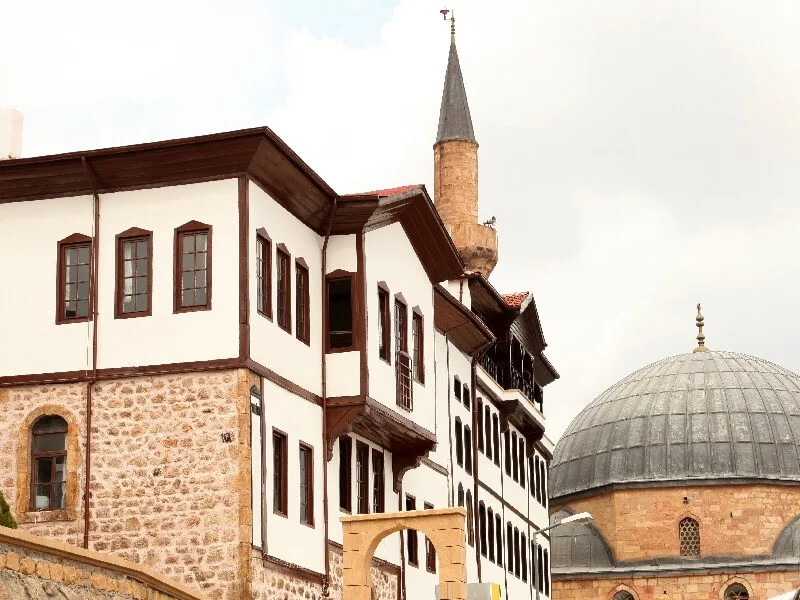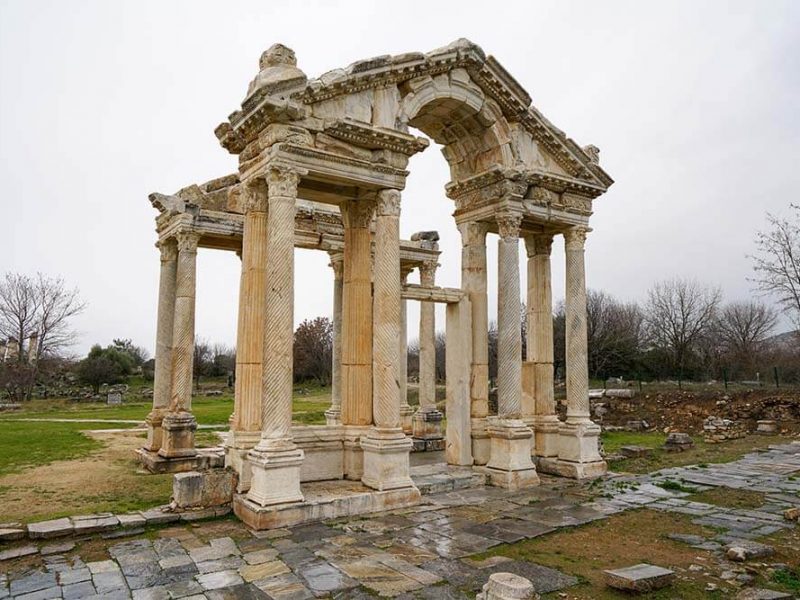Mardin is one of the most astonishing cities of the Southeastern Anatolia Region with its long history and many natural beauties. The history of Mardin goes back to 3000 BC. Over its long history from past to present day, the city has hosted many different civilizations, sects, and ethnic groups. Marde means “City of the Castles” in Syriac. The name of the city derived from the word Marde. Mardin has always been an important city, thanks to its location on war and caravan routes. It had been under control of the Persians, Alexander the Great, the Romans, and the Byzantines, then finally the area merged into the Ottoman Empire.
Mardin is surrounded with Siirt, Şırnak, Diyarbakır, Şanlıurfa, Batman, and Syrian lands. It has on the one hand a desert climate and on the other hand a continental climate. In past periods, it was possible to encounter sedimentary rock formation, crystalline masses, landscapes, and other natural formations in Mardin. It was witness to a variety of geological eras. Many fruit trees are grown in the mountainous areas and also in this region are the Mesopotamian Plains, which look like the sea at night . Kızıltepe Plain is also a broad area. Generally, areas are fertile because the region is fed by rivers. Today, government-backed irrigation project is trying to increase the agricultural productivity of these plains.
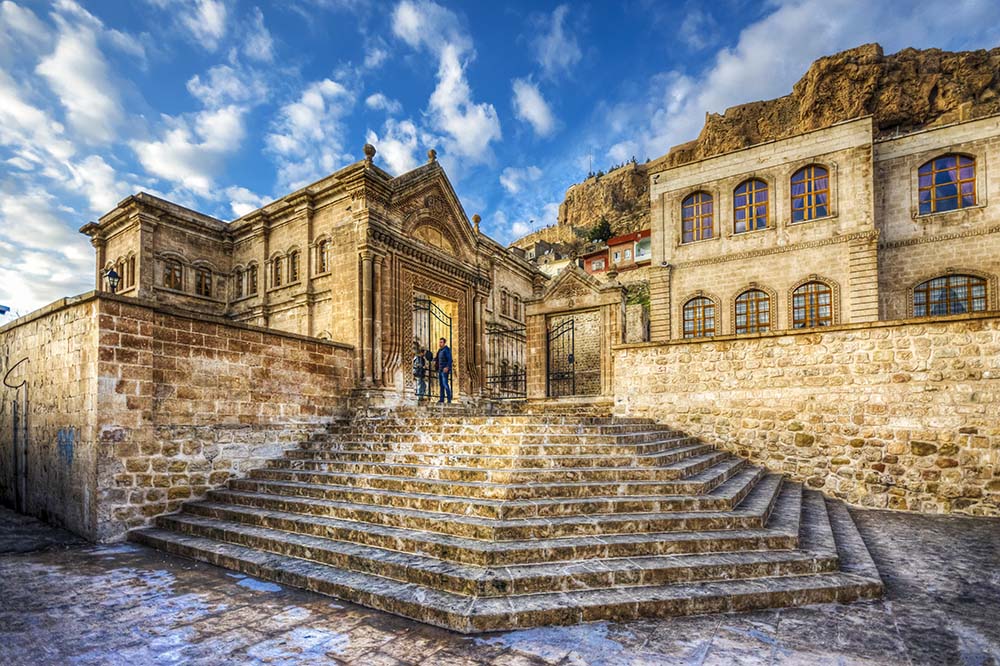
Maturity Institute view
The cultural texture and architecture vary in Mardin, which has hosted many civilizations and cultures. It is an artistic city of the Southeastern Anatolia Region boasting ethnographic, archaeological, and architectural value. As evidence are houses, rocks, and volcanic hills, which look like open-air museums. When looking at the city from a distance, one can see houses built from mustard-colored tones and that commune with rocks. If you find the opportunity to do more careful examination of the buildings; when you see the houses made of carved stone and the houses decorated with exquisite craftsmanship, you can witness just how Mardin reflects its unique history. This is especially seen in Midyat houses. The city’s outstanding masonry houses sit in a privileged position, with notable architectural and building materials. Generally, the houses here are prepared in L or U-shaped plan. There are large courtyards which are well-known thanks to Turkish TV series, and are designed with 2 or 3 storeys. Limestone is chosen as the main material of the buildings. There are stone walls in the houses which are about 3 to 4 meters in length. You can also see magnificent handwork and carvings on the façades, windows, and doors.

İrok
Cuisine
Cultural accumulation and wealth are also reflected in Mardin’s cuisine. Kibbe is a local dish that is a kind of tripe soup. Goat or lamb’s tribe is used for this meal. There are beautiful spices, rice, and optional chickpea inside it. Irok is a Mardinian stuffed meatball. The preparation is difficult! İkbebet is another flavor that is prepared like stuffed meatball. There are various recipes that suit different tastes: some prefer it boiled instead of fried. The onion kebab is prepared by filling onion with ground meat; it is made in several regions of Anatolia. Firkiye is made of lamb meat (hash) and green almond, and it is decorated with parsley and served with lemon. Muffins and pastries are also popular in many cities of Anatolia. The Mardin muffin is one of these and they come with different flavors like mahlep, aniseed, cinnamon, and fennel. This mixture can be interesting, but a person can try it with different content as well. Covered lahmacun is also a wonderful combination of meat and dough. This meal is prepared on saj (Turkish wok plate) and it is known as “sembusek” in Mardin. Harleya’s dessert, zingil, mırra, accin, and alluciye are different regional delicacies of Mardin.
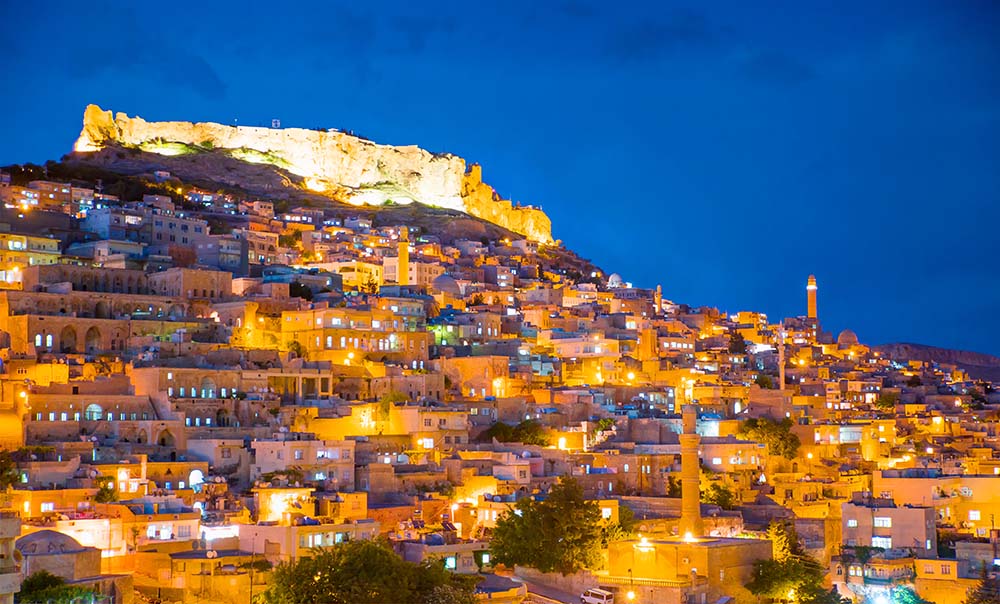
Mardin old town at dusk
Places to Visit
If you want to explore thousands of years history in Mardin of Southeastern Anatolian Region, you should know that there are many natural and historical beauties. One of the most important places is the museum where you can make a short trip to the past. The most visited museums of the city are Sabancı City Museum and Mardin Museum. There are also madrasah and mosques among the structures, which witnessed different religions and cultures in Anatolia. Apart from this, you can also find churches in the city. Pamuk Mosque, Şeyh Çabuk Mosque, Melik Mahmut Mosque, Kızıltepe Ulu Mosque, Mardin Ulu Mosque, Muzafferiye Madrasah, Şah Sultan Madrasah, and Sehidiye Madrasah are the most beautiful examples.
Monasteries and churches, representative of the important centers of Christianity in Anatolia: consider the Mor Gabriel Monastery, Deyrulzafaran Monastery, Mor Mihail Church, and Mor Evgin Monastery. Mardin Castle is one place that is visited by Mardin travellers. This place is known as the “Eagle Nest.” Marin Merdis Castle, Anzavur Castle, and Rabbat Castle are other properties worth visiting.
How to Get There
Although the city is well connected, it is much easier to travel by plane. The city is also connected with intercity bus network.

